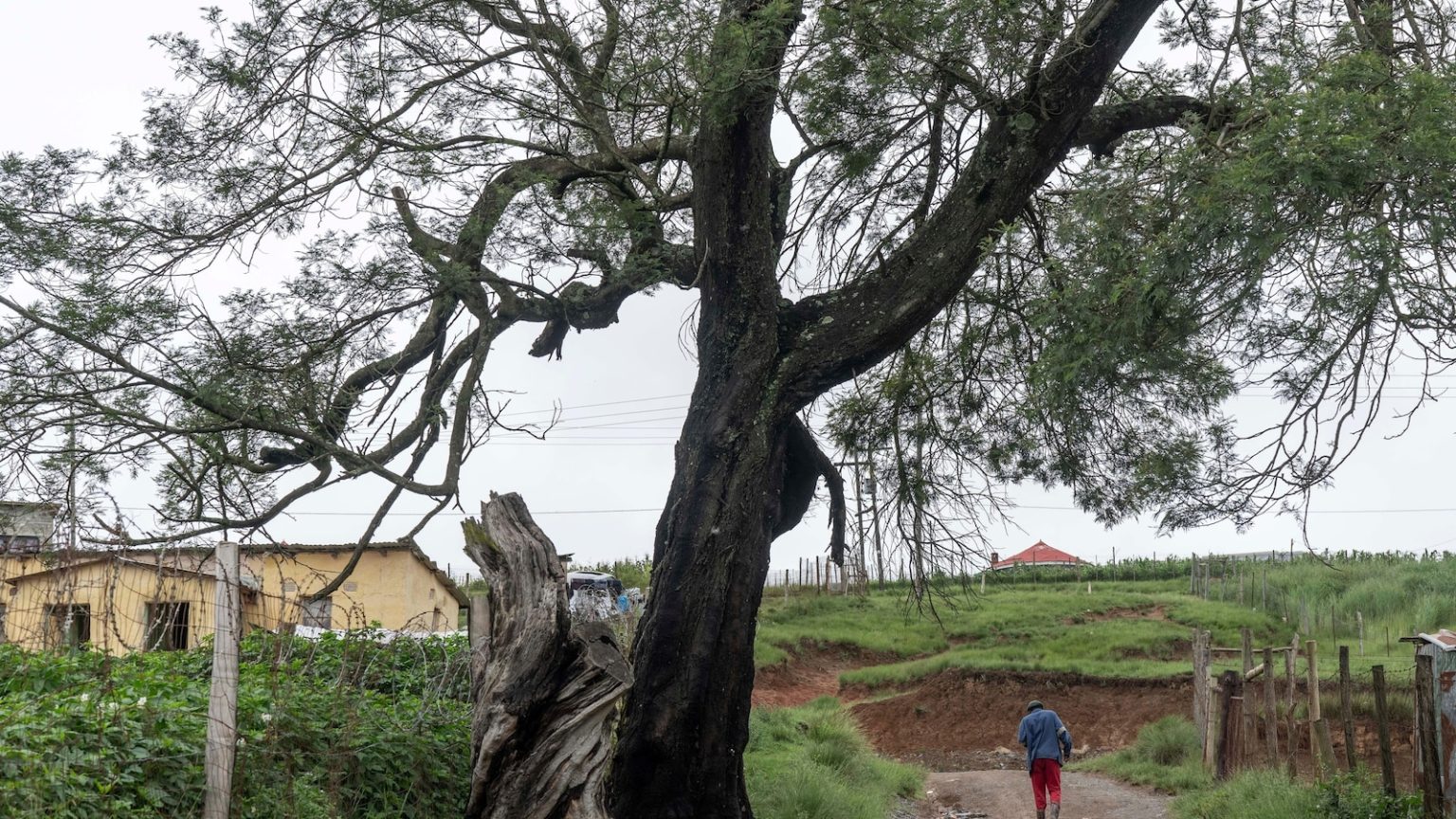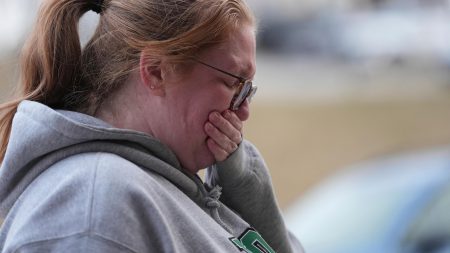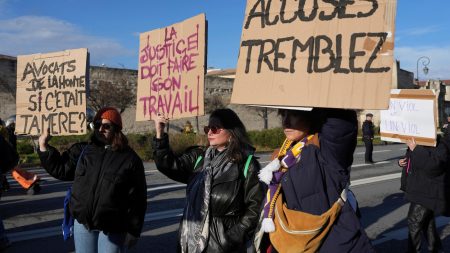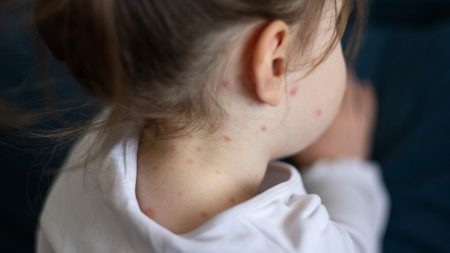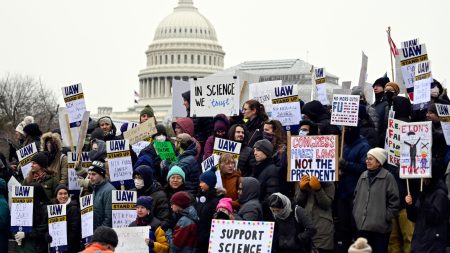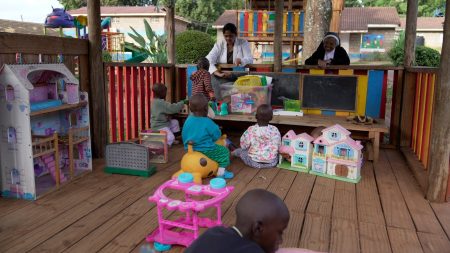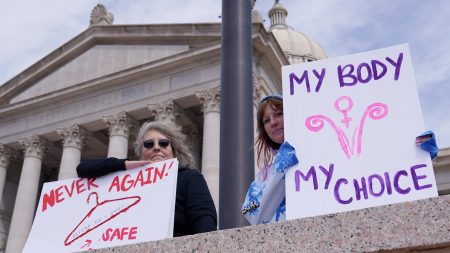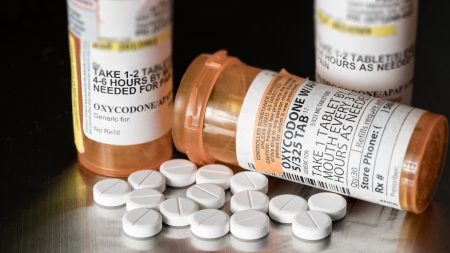The Struggle for HIV Treatment in Rural South Africa: A Humanitarian Crisis Unfolds
In the small, rural village of Umzimkhulu, located in South Africa’s KwaZulu-Natal province, 19-year-old Nozuko Majola is faced with a daunting decision. She must determine whether she can afford the one-hour journey to collect her life-saving HIV medication. Normally, the medication is delivered to her home, but the rough, untarred roads make it difficult for delivery services to reach her. Majola is not alone in her struggle; millions of HIV patients in South Africa are feeling the ripple effects of U.S. President Donald Trump’s decision to freeze global foreign aid. This move has sparked widespread concern about treatment interruptions, rising infection rates, and an inevitable increase in deaths.
The Alarming HIV Prevalence in KwaZulu-Natal
KwaZulu-Natal, the province where Majola resides, has one of the highest HIV prevalence rates in South Africa. According to data released by the Human Sciences Research Council in 2024, the province reported the second-highest HIV prevalence in the country, standing at 16%. Alarmingly, at least 1,300 young people in the province are estimated to contract the disease every week. In 2022, KwaZulu-Natal also had the highest number of people living with HIV, totaling approximately 1,980,000. Nationwide, South Africa is home to more than 7.5 million people infected with HIV—the highest number of any country in the world. Of these, 5.5 million are currently receiving antiretroviral treatment, a program now under siege due to the uncertain funding situation.
The Lifeline of PEPFAR and Its Uncertain Future
The President’s Emergency Plan for AIDS Relief (PEPFAR), a program initiated in 2003, has been a cornerstone in the fight against HIV/AIDS globally. In South Africa alone, PEPFAR contributes over $400 million annually, accounting for approximately 17% of the total funding for HIV programs. This includes support for nongovernmental organizations (NGOs) that play a crucial role in complementing the government’s healthcare services. Globally, PEPFAR is credited with saving at least 26 million lives, according to the U.N. AIDS agency. However, with the aid freeze, the future of these programs is now in jeopardy, leaving millions of patients like Majola in a precarious position.
The Devastating Impact on Communities and Healthcare Systems
The effects of the aid freeze are already being felt across South Africa. Many NGOs that rely on PEPFAR funding have been forced to close their doors, leaving patients without access to essential services. PEPFAR-branded vehicles now sit idle, and patients are being diverted to overburdened public health facilities. For individuals like Majola, who live in areas with limited transportation options and high unemployment rates, accessing treatment has become even more challenging. “Things will be tough around here, and a lot of people will default on their treatment because we really struggle with transport,” she explained. “The mobile clinics hardly come here.”
The Ripple Effects on Healthcare Workers and Community Trust
The aid freeze has also had a profound impact on healthcare workers. Approximately 15,000 health workers in South Africa have their salaries funded through PEPFAR. With the suspension of these funds, many are now uncertain about their livelihoods. In the district of Umgungundlovu, which has the highest number of HIV cases in South Africa, HIV counselors and clinic managers are scrambling to find solutions. A clinic manager, who requested anonymity, expressed the challenges of managing the administrative workload after PEPFAR-funded staff left. “People who were doing administration and data capturing, whose salaries were funded by PEPFAR, have left. We are a small facility and we cannot handle such a workload,” the manager said.
A Call to Action: Ensuring a Future Free of HIV
The situation in South Africa serves as a stark reminder of the fragility of progress in the fight against HIV/AIDS. For individuals like Nozuko Ngcaweni, who has been on HIV treatment for 30 years and lost a child to the disease, the aid suspension is a step backward. “Not long ago, we said by 2030, we want to see an HIV-free generation. But if things remain as is, we will not achieve that. We will have to deal with deaths,” she said. Activists and healthcare workers are urging immediate action to restore funding and ensure uninterrupted access to treatment. As Mzamo Zondi, a provincial manager of the Treatment Action Campaign, emphasized, “Our response (to HIV) is likely to falter as we struggle to stop newly infected cases. This is a matter of life and death.”
In conclusion, the humanitarian crisis unfolding in South Africa is a stark reminder of the critical role international aid plays in combating HIV/AIDS. The suspension of PEPFAR funding has left vulnerable communities on the brink, threatening decades of progress in the fight against the disease. Without urgent intervention, the consequences will be devastating—not only for individuals like Nozuko Majola but for an entire generation.





